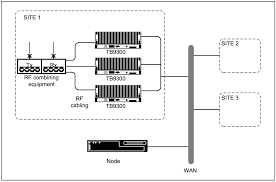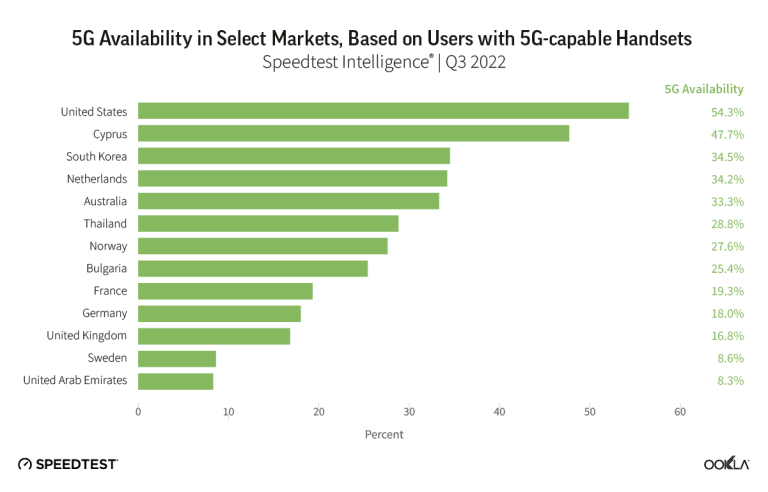Top 5G Capabilities: Speed, Latency, and Network Innovations
telcomatraining.com – The fifth generation of wireless technology, known as 5G, is transforming the way the world connects and communicates. With significantly improved performance compared to its predecessors, 5G technology introduces capabilities that are revolutionizing industries and enhancing everyday digital experiences. This article explores the top 5G capabilities with a focus on speed, latency, and network innovations that are shaping the future of connectivity.
1. Blazing Fast Speeds
One of the most celebrated features of 5G is its ultra-fast data transfer speed. Compared to 4G, which offers average download speeds of around 20 Mbps, 5G can deliver speeds exceeding 10 Gbps under optimal conditions. This exponential increase in speed enables users to download full-length HD movies in seconds, stream 4K and 8K video without buffering, and enjoy seamless virtual reality (VR) and augmented reality (AR) experiences.
These high speeds are made possible by technologies such as millimeter-wave spectrum, massive MIMO (Multiple Input, Multiple Output), and beamforming, which allow more data to be transmitted simultaneously. For businesses and consumers alike, this translates to faster application performance, improved streaming quality, and more efficient communication.
2. Ultra-Low Latency
Latency refers to the delay between sending and receiving data. In 4G networks, average latency ranges from 30 to 50 milliseconds. 5G drastically reduces this delay to as low as 1 millisecond, enabling real-time interactions.
Low latency is especially crucial for autonomous vehicles, remote surgeries, online gaming, and industrial automation. For instance, in autonomous driving, vehicles must make split-second decisions based on sensor data. A 5G-powered network ensures that these decisions are relayed instantly, enhancing both safety and efficiency.
3. Massive Device Connectivity
5G supports massive machine-type communication (mMTC), enabling the connection of up to one million devices per square kilometer. This is essential for the rapidly growing Internet of Things (IoT) ecosystem, where billions of devices — from smart homes and wearables to industrial sensors — require constant, reliable connectivity.
With 5G, smart cities can flourish. Traffic lights, utility meters, security cameras, and environmental sensors can communicate in real time, leading to greater energy efficiency, public safety, and urban development.
4. Network Slicing Technology
One of the most innovative aspects of 5G is network slicing. This technology allows network operators to create multiple virtual networks within a single physical 5G infrastructure. Each “slice” can be customized to meet specific requirements, such as high bandwidth, low latency, or secure data transmission.
For example, emergency services can have a dedicated, secure network slice with priority access during disasters, while businesses can operate on a high-performance slice tailored to their enterprise applications. Network slicing ensures flexibility, efficiency, and better resource management across different sectors.
5. Enhanced Reliability and Energy Efficiency
5G networks are designed to be more reliable and energy-efficient than previous generations. This is achieved through advanced network protocols, edge computing, and intelligent resource allocation. By reducing the load on central servers and processing data closer to the source (at the edge), 5G ensures faster responses and reduced energy consumption.
For businesses, this means lower operational costs and improved sustainability. For users, it means a more consistent experience, even in densely populated areas or during peak usage times.
Conclusion
The top capabilities of 5G — including its unmatched speed, ultra-low latency, massive connectivity, innovative network slicing, and enhanced efficiency — represent a monumental leap forward in wireless communication. As 5G networks continue to expand globally, their impact will be felt across industries such as healthcare, transportation, manufacturing, and entertainment.
By embracing these innovations, businesses and consumers alike can unlock new possibilities in a hyper-connected world. 5G is not just a technological upgrade — it’s a paradigm shift that’s redefining the future of digital interaction.







